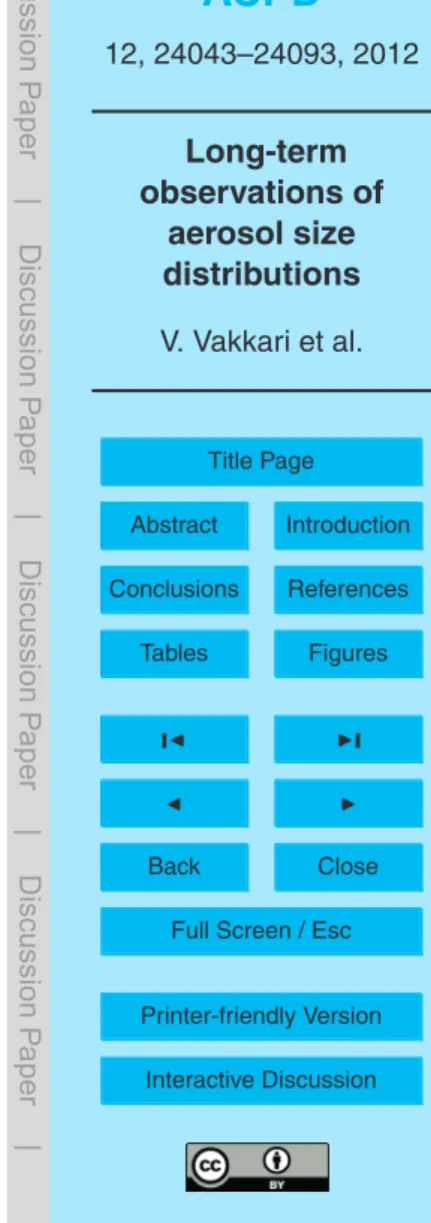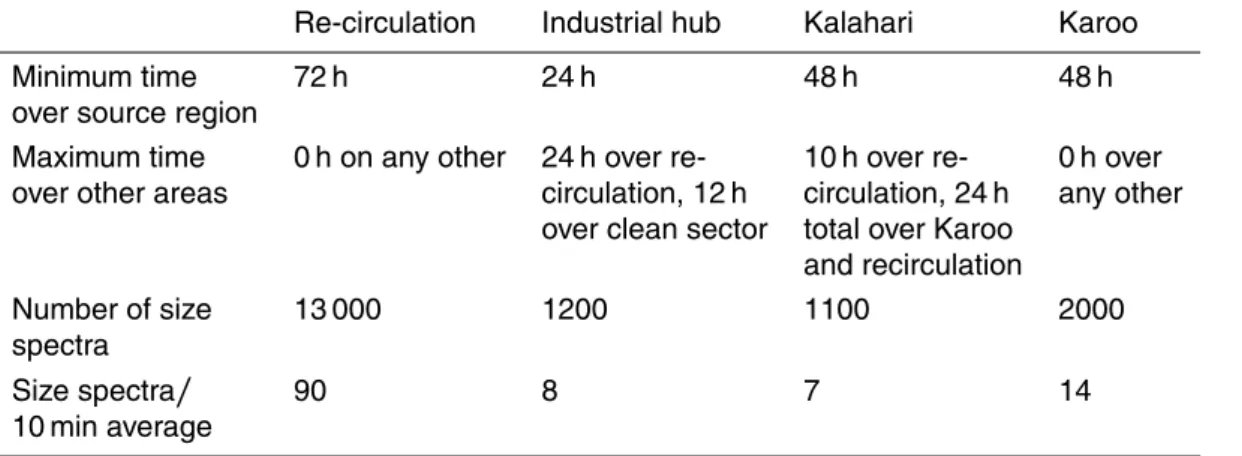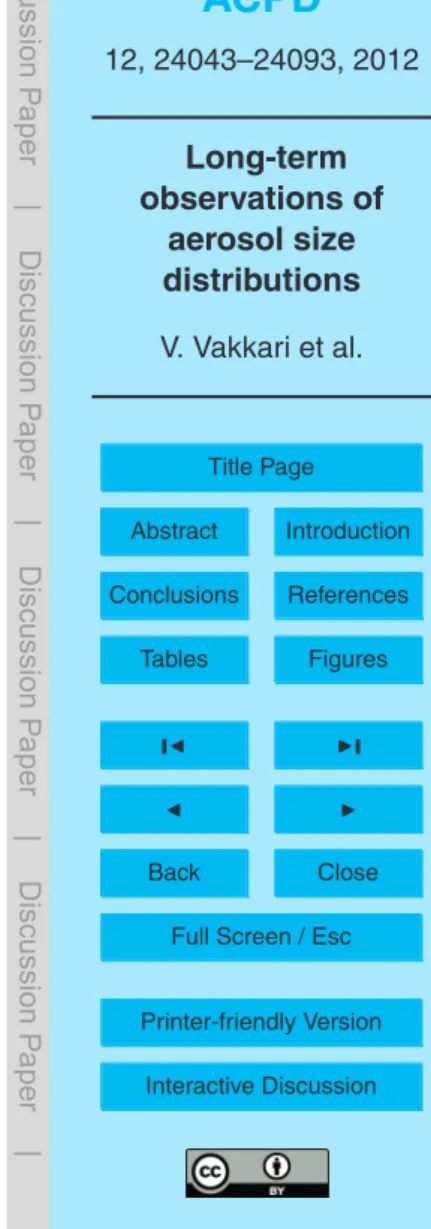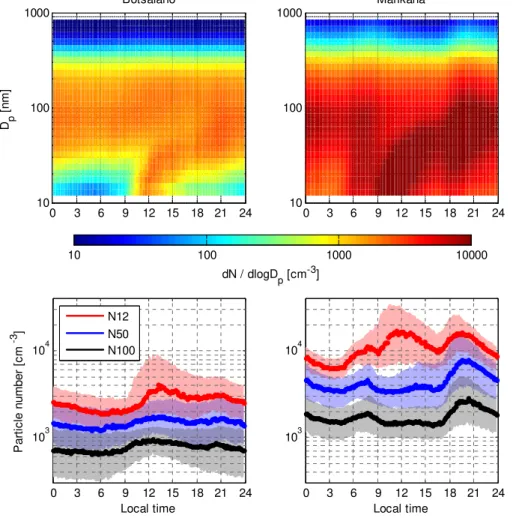Long-term observations of aerosol size distributions in semi-clean and polluted savannah in South Africa
Texto
Imagem




Documentos relacionados
We find that the variability in the CCN concentrations in the central Amazon is mostly driven by aerosol particle number concentration and size distribution, while variations in
O., and Pöschl, U.: Biomass burning aerosol emissions from vegetation fires: particle number and mass emission factors and size distributions, Atmos. W.: Properties and evolution
The Antarctic near-coastal sub-micrometre aerosol particle features in summer were characterised based on measured data on aerosol hygroscopicity, size distributions, volatility
In addition to the Indonesian fires, we assessed the transport pathways and impact of pollution of more typical burning from four regions: southern Africa, northern Africa,
In simulation SCAV- w the scavenging processes within the orographic cloud im- pact the aerosol size distribution by reducing the number and mass of unactivated aerosol particles..
The atmospheric visibility was dependent on aerosol number size distribution and its impairment during the hazy episodes was mostly caused by the enhancement of aerosol concentration
We present a case study of BC wet removal by examining aerosol size distributions and BC coating properties sampled in three Canadian boreal biomass burning plumes, one of which
The spatial variability based on particle size distributions support the notion of relative homogeneity in receptor ar- eas in LAB, where concentrations are dominated by aged





